Supreme Court's Directive on Environmental Clearance Notifications: A Legal Analysis
- ByAdmin --
- 04 Apr 2025 --
- 0 Comments
In a significant ruling, the Supreme Court of India addressed the contentious issue of ex post facto environmental clearances, emphasizing the necessity for prior environmental approvals before commencing projects. This decision underscores the Court's commitment to upholding environmental laws and ensuring that development projects do not proceed at the expense of ecological integrity.
Background
Environmental Impact Assessment (EIA) is a critical process that evaluates the potential environmental effects of proposed projects. The EIA Notification of 2006 mandates that certain projects obtain environmental clearance before initiation. However, instances have arisen where projects commenced without such clearances, leading to debates over the validity and legality of granting ex post facto approvals.
The Supreme Court's Ruling
On April 2, 2025, the Supreme Court reserved judgment on pleas challenging two Union Government orders dated July 2021 and January 2022. These orders permitted ex post facto clearance for mining projects that began without the requisite prior environmental clearance as mandated under the EIA Notification, 2006. The Court's deliberation highlights the judiciary's scrutiny of administrative decisions that may contravene established environmental protocols.
Key Observations by the Court
1. Upholding Environmental Laws: The Court emphasized that allowing projects to proceed without prior clearance undermines the foundational principles of environmental law and the precautionary approach embedded within it.
2. Deterrence Against Non-Compliance: Granting ex post facto clearances could set a precedent that encourages non-compliance, as project proponents might perceive a lack of immediate consequences for bypassing mandatory procedures.
3. Public Participation: The EIA process involves public consultations to consider the concerns of affected communities. Bypassing prior clearance negates this participatory aspect, potentially sidelining vital stakeholder inputs.
Implications of the Judgment
• For Project Proponents: Entities must ensure strict adherence to environmental regulations, recognizing that deviations could lead to legal challenges, project delays, or cancellations.
• For Regulatory Bodies: Authorities are reminded of their duty to enforce environmental laws diligently and avoid administrative leniency that could compromise ecological standards.
• For Environmental Advocacy Groups: The ruling serves as a reinforcement of the legal avenues available to challenge unauthorized projects and advocate for environmental justice.
Conclusion
The Supreme Court's directive on environmental clearance notifications reaffirms the imperative of obtaining prior approvals for projects with potential environmental impacts. This judgment not only upholds the sanctity of environmental laws but also sends a clear message about the judiciary's role in safeguarding ecological interests against procedural infractions.

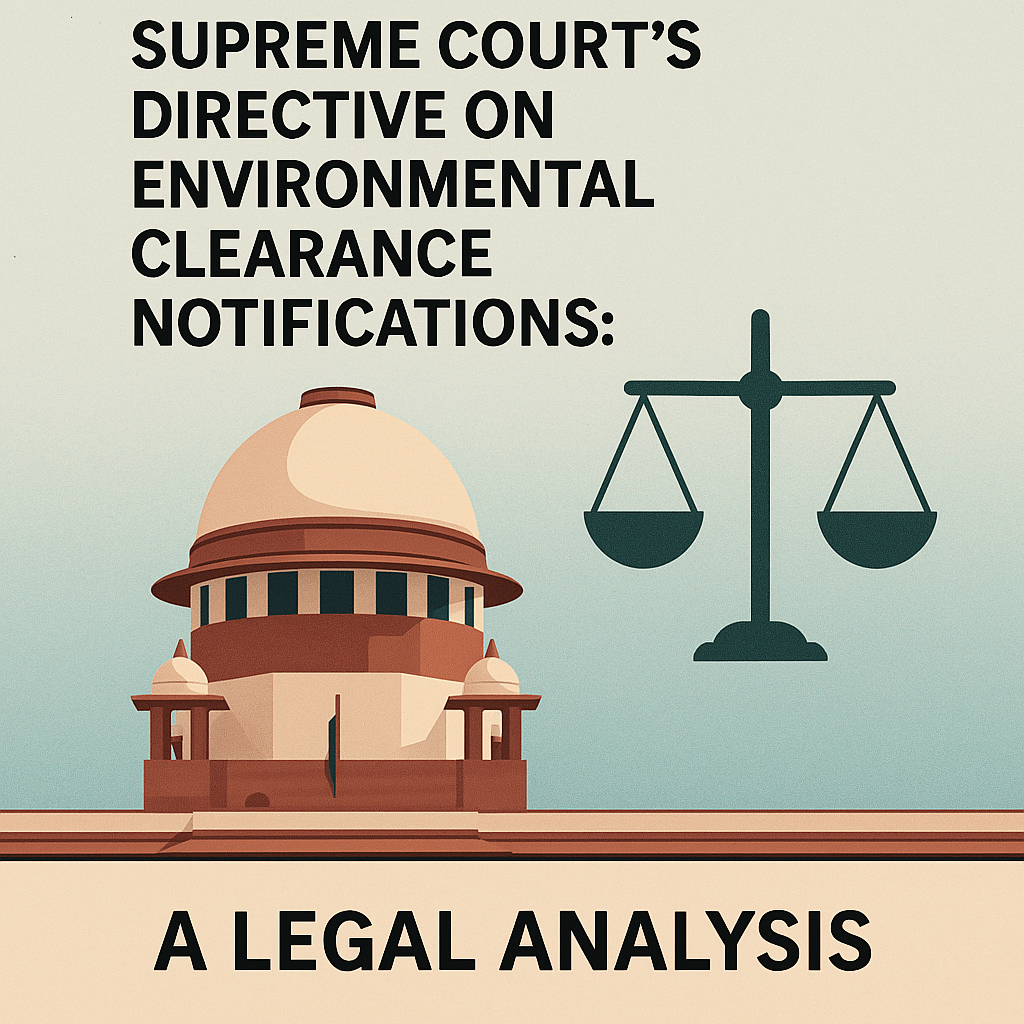






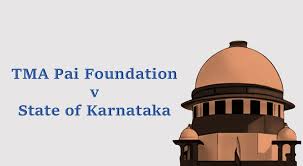


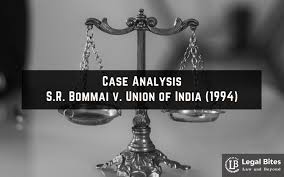








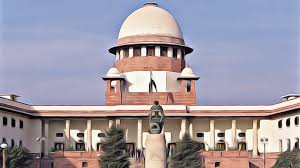

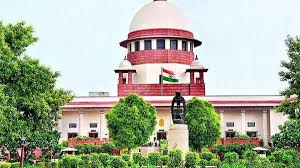









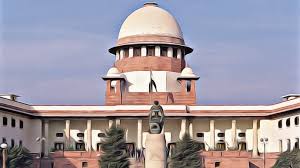




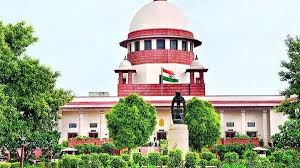




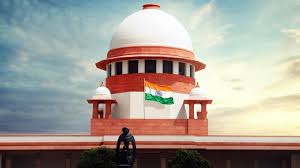



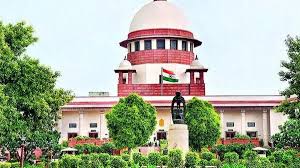









































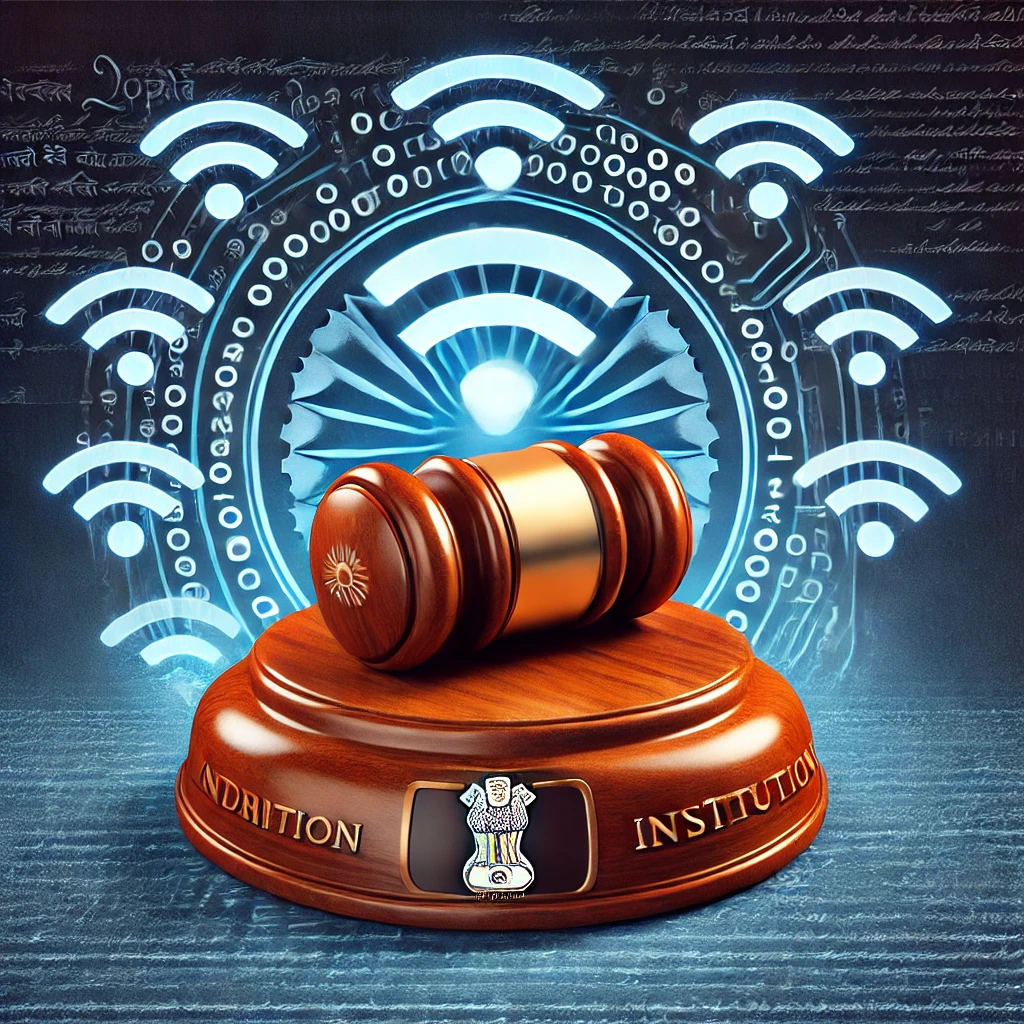















































































































































































































































































































































0 comments